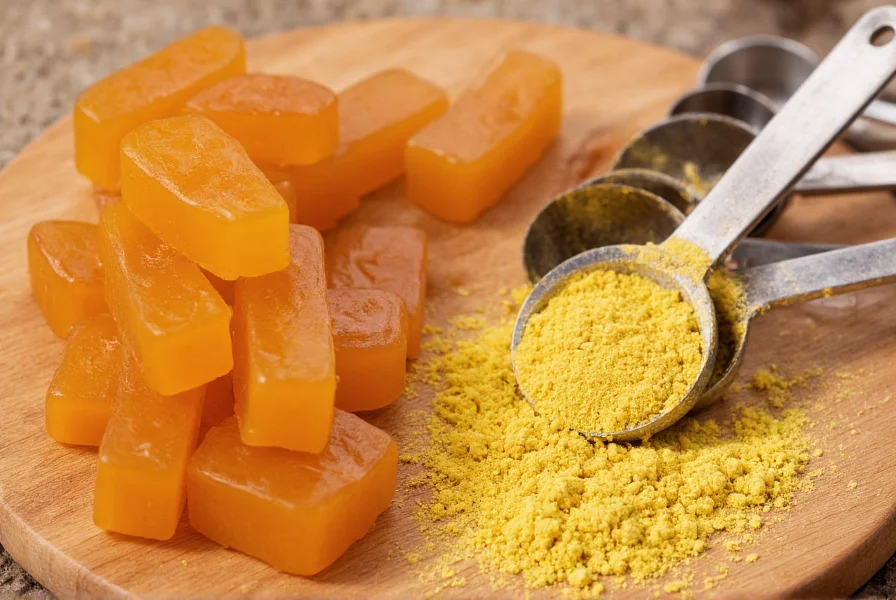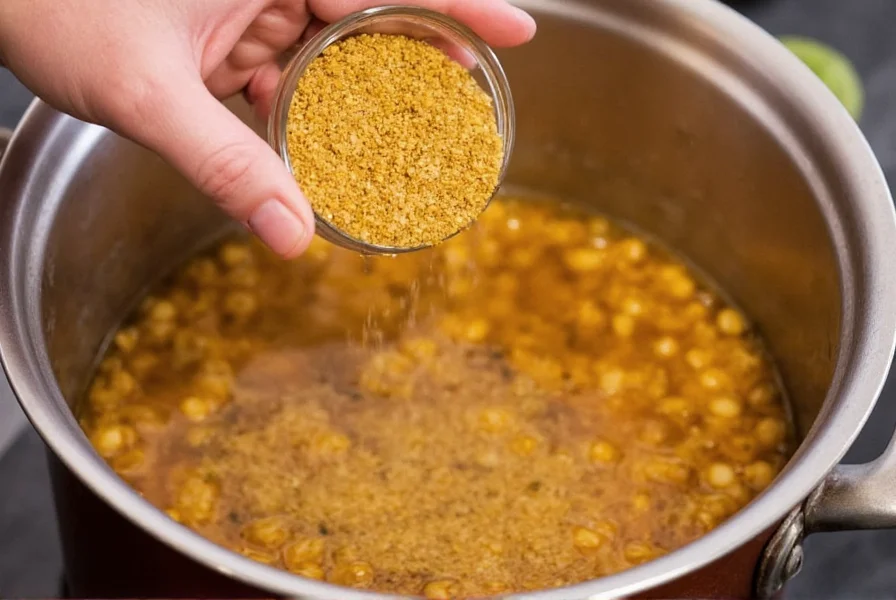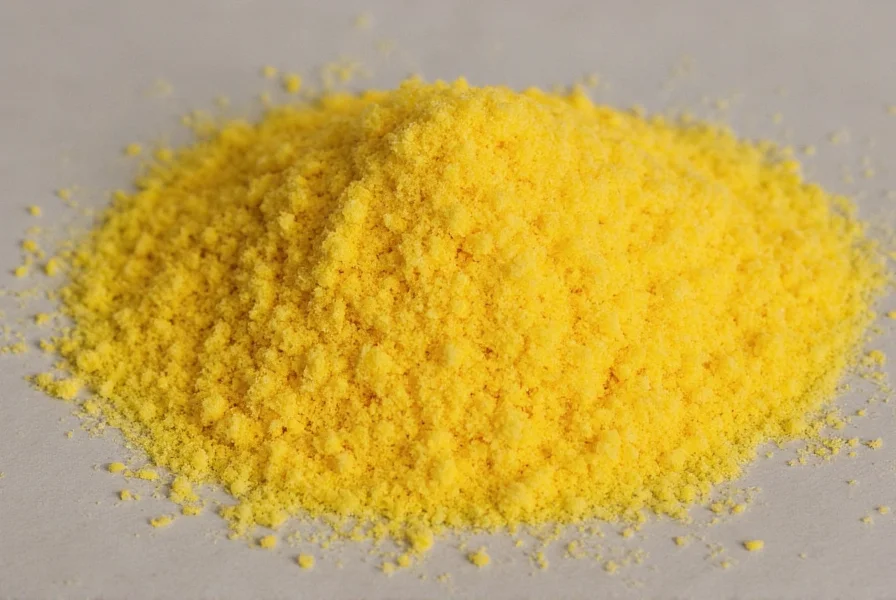Asafoetida, commonly known as hing, is a pungent resinous gum extracted from the roots and stem of several species of the Ferula plant, primarily Ferula assa-foetida. This ancient spice has been used for centuries in Indian, Persian, and Middle Eastern cuisines as both a flavor enhancer and digestive aid. Despite its strong sulfurous odor when raw, asafoetida transforms into a savory, umami-rich flavor when cooked, often described as a combination of garlic, onion, and leek.
When you search to define asafoetida, you're likely encountering this mysterious spice for the first time. This comprehensive guide will help you understand everything about this unique culinary ingredient that's essential in many vegetarian and vegan dishes where onion and garlic are avoided for religious or dietary reasons.
What Exactly Is Asafoetida?
Asafoetida (Ferula assa-foetida) belongs to the Apiaceae family, which includes carrots, celery, and parsley. The name "asafoetida" comes from the Persian phrase "aza" (resin) and the Latin "foetidus" (stinking), perfectly describing its powerful aroma. When searching to define asafoetida meaning in English, you'll find it's often called "food's devil" due to its intense smell that transforms beautifully when cooked.

Historical Background and Origin
Asafoetida has been used since ancient times, with references appearing in both Greek and Roman texts. Historically, it was valued not only as a spice but also for medicinal purposes. The resin is primarily harvested in Iran and Afghanistan, where the Ferula plant grows wild in arid regions. Understanding asafoetida pronunciation (us-uh-FET-uh-duh) helps when discussing this spice with others or searching for it in stores.
Physical Characteristics
Raw asafoetida resin appears as a milky liquid that hardens into a dark amber or reddish-brown mass. Most consumers encounter it in powdered form, often mixed with rice flour (typically 20-30%) to reduce potency and prevent clumping. The distinctive smell—often compared to rotten eggs or sulfur—comes from its high concentration of sulfur compounds, similar to those found in garlic and onions.
| Form | Characteristics | Storage Life |
|---|---|---|
| Raw resin/lump | Strongest flavor, requires scraping | 2+ years |
| Powdered (with rice flour) | Milder, ready to use | 1-2 years |
| Asafoetida dissolved in water | Concentrated liquid form | 6-12 months |
Culinary Applications Around the World
While how to use asafoetida in cooking might seem intimidating due to its strong odor, this spice is incredibly versatile. In Indian cuisine, it's a staple in lentil dishes (dal), vegetable preparations, and pickles. A pinch added to hot oil at the beginning of cooking transforms the entire dish with its savory depth. Many Jain and Brahmin communities rely on asafoetida as a substitute for onion and garlic, which they avoid for religious reasons.
Middle Eastern and Persian cuisines use asafoetida in small quantities in meat dishes and stews. Some traditional European recipes from the 18th and 19th centuries also called for asafoetida, though its use has diminished in Western cooking except among specialty food enthusiasts.
Health Benefits and Nutritional Profile
Traditional medicine systems like Ayurveda have long recognized asafoetida benefits in food beyond flavor. It's believed to aid digestion, reduce flatulence (ironic given its own strong odor), and possess anti-inflammatory properties. Modern research suggests potential benefits for respiratory health and as an antimicrobial agent, though more studies are needed to confirm these effects.
Substitutes for Asafoetida
If you're wondering about hing spice substitute options, several alternatives exist depending on your dietary needs and flavor preferences:
- Garlic and onion combination - For non-religious dietary restrictions
- Fenugreek seeds - Provides similar digestive benefits
- Chinese mustard greens - Offers comparable sulfurous notes
- Extra pinch of cumin or fennel - For umami depth without the sulfur notes
Remember that no substitute perfectly replicates asafoetida's unique flavor profile, but these alternatives can work in a pinch when you need to define asafoetida alternatives for your recipe.

Proper Usage and Storage Tips
When working with asafoetida, less is more. A pinch (about 1/8 teaspoon) is typically sufficient for four servings. Always add it to hot oil or ghee at the beginning of cooking to mellow its strong odor and allow its flavor to bloom throughout the dish.
For proper storage, keep asafoetida in an airtight container away from light and moisture. The powdered form tends to lose potency faster than the resin blocks. If you're learning where to buy asafoetida, check Indian grocery stores, specialty spice shops, or well-stocked supermarkets—many now carry it due to growing interest in global cuisines.
Interesting Facts About Asafoetida
Despite its strong reputation, asafoetida has some surprising historical uses. During the 1918 influenza pandemic, it was hung around children's necks in pouches as a protective measure. In ancient Rome, it was considered an aphrodisiac. The spice also plays a role in some traditional Indian wedding ceremonies, where it's used to ward off evil spirits.
Frequently Asked Questions
What is asafoetida made of?
Asafoetida is made from the dried latex (gum oleoresin) exuded from the rhizome or tap root of several species of Ferula, a perennial herb in the celery family. The resin is collected by cutting the upper part of the root, which then releases the milky liquid that hardens into a gum. This raw resin is often mixed with rice flour (typically 20-30%) to reduce its potency for consumer use.
Why is asafoetida used in cooking?
Asafoetida is used in cooking primarily as a flavor enhancer that provides a savory umami taste similar to garlic and onion. When cooked in oil, it transforms from having a strong sulfurous odor to delivering a rich, complex flavor that enhances lentils, vegetables, and sauces. It's particularly important in Indian vegetarian cooking where onion and garlic are avoided for religious or dietary reasons. Additionally, asafoetida is believed to aid digestion and reduce flatulence when eating legumes.
Is asafoetida the same as hing?
Yes, asafoetida and hing refer to the same spice. "Hing" is the common Hindi and Urdu name for asafoetida, while "asafoetida" comes from Persian and Latin roots. In Indian grocery stores and recipes, you'll often see it labeled as "hing," while in Western specialty stores and scientific contexts, it's typically called "asafoetida." Both terms describe the resinous gum from the Ferula plant used as a spice.
Can I omit asafoetida from a recipe?
You can omit asafoetida from a recipe, but you'll lose its distinctive savory flavor that's difficult to replicate. In many traditional Indian dishes, especially those following Jain dietary practices that avoid onion and garlic, asafoetida is essential for creating the proper flavor profile. If substituting, try a small amount of garlic powder combined with onion powder, or use a pinch of fenugreek seeds. For digestive benefits, consider adding a piece of kombu seaweed when cooking beans and legumes.
Why does asafoetida smell so strong?
Asafoetida has a strong sulfurous odor because it contains high levels of organic sulfur compounds, similar to those found in garlic, onions, and leeks. When raw, these compounds produce a pungent smell often compared to rotten eggs. However, when heated in oil or ghee, these sulfur compounds transform, mellowing the odor and developing a savory, umami-rich flavor that enhances the entire dish. This chemical transformation is why asafoetida's smell changes dramatically during cooking.











 浙公网安备
33010002000092号
浙公网安备
33010002000092号 浙B2-20120091-4
浙B2-20120091-4